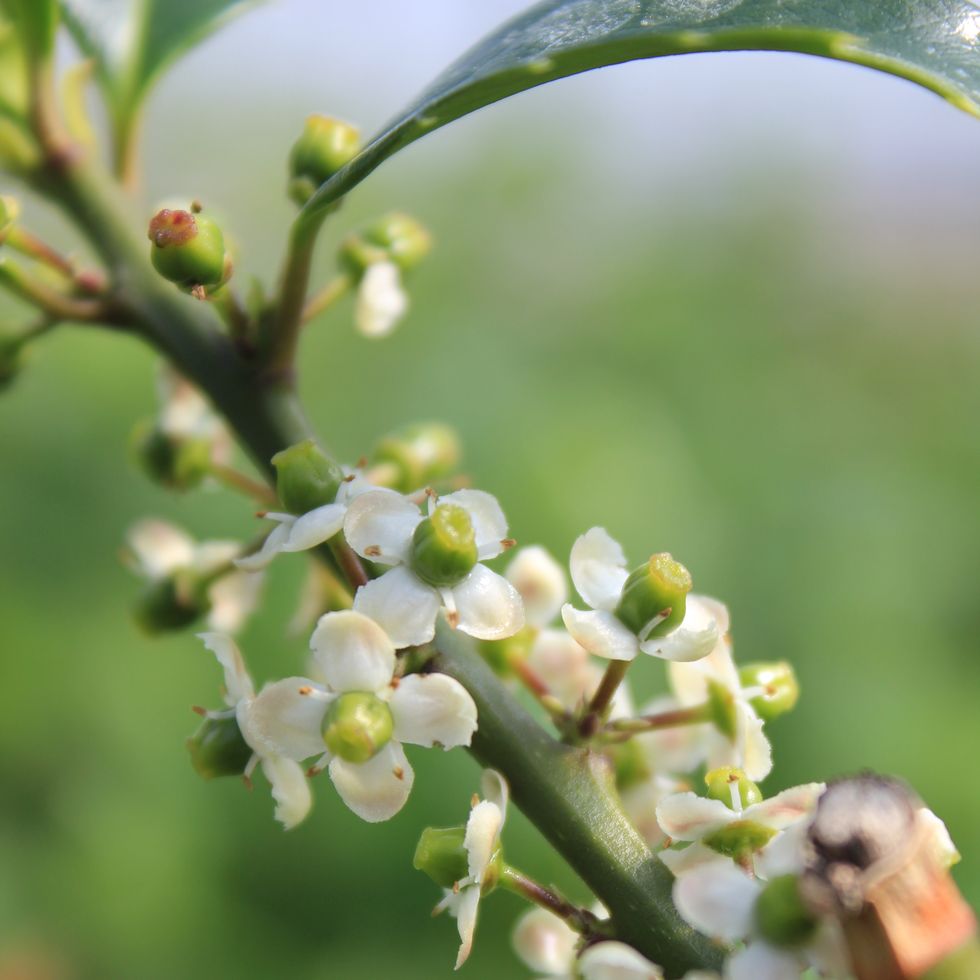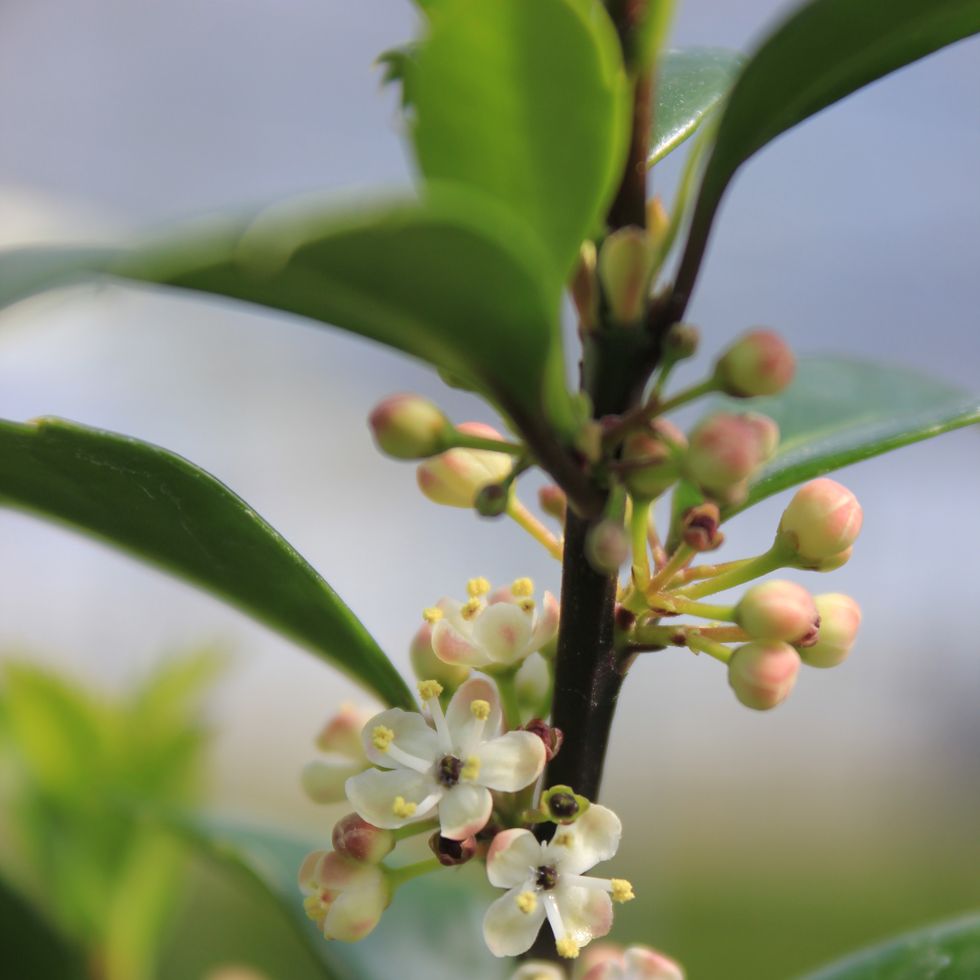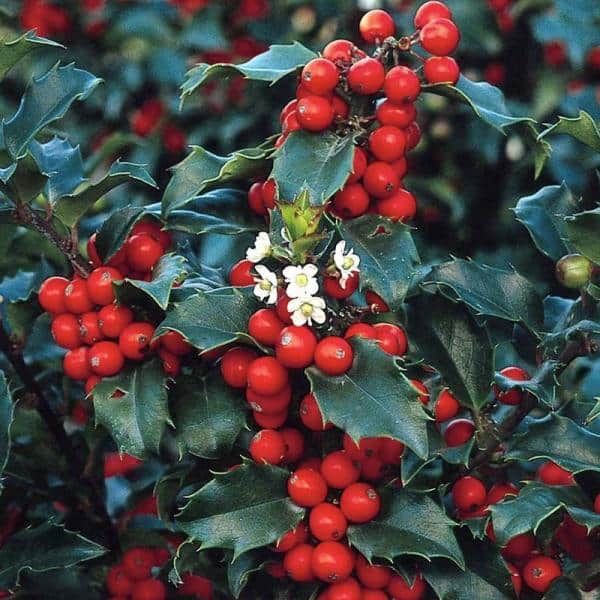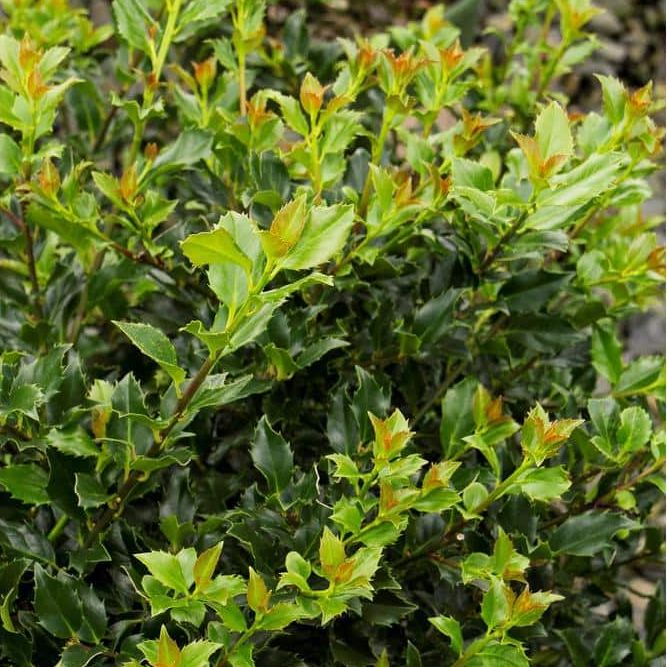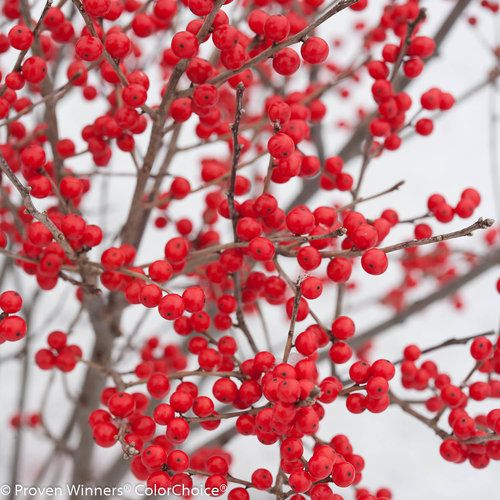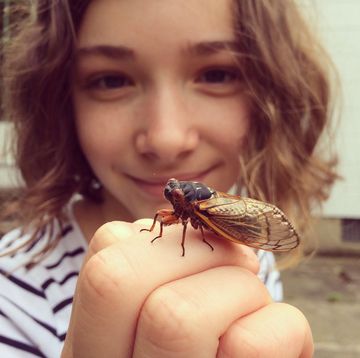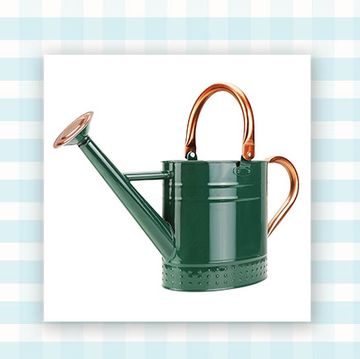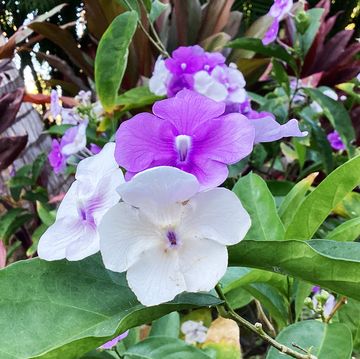Holly plants such as the Christmas holly are beautiful shrubs that make excellent mixed borders, hedges, and foundation plantings. They also look striking as a stand-alone specimen.
People often recognize the classic Christmas holly with its red berries and glossy, spiny leaves. But there are many other types, including plants that have small oval leaves and no thorns. Some hollies are evergreen, while others are deciduous, dropping their leaves in the autumn.
There are about a dozen types of hollies most commonly seen in gardens, though the available varieties will depend upon where you live.
"There's at least one type of holly that will grow where you live,” says Stacey Hirvela, horticulturalist with Proven Winners Color Choice Shrubs. "They're popular because they're beautiful, low-maintenance, and shade-tolerant, which makes them a nice choice if you don't have full sun in your garden."
Here's what you need to know about how to grow a holly plant:
What kind of holly plants are there?
The most common types of hollies include:
- American evergreen holly (Ilex opaca) is a popular landscape plant in the Northeast. It is the one most people think of as holly, with iconic glossy evergreen leaves and red berries.
- Blue holly (Ilex x meserveae) has a very classic look. The glossy toothed leaves are dark green with a bluish caste, and the berries are bright red.
- Inkberry (Ilex glabra) is native to the U.S. and is often used as an alternative to boxwood. It’s super-tolerant to many different kinds of soils and conditions. It has small oval leaves and a rounded upright form with small black berries.
- Japanese holly (Ilex crenata) is also sometimes used as a boxwood alternative. It has rounded leaves and small black berries.
- Winterberry holly (Ilex verticillata) is a deciduous native species that birds love. After the foliage drops, the gorgeous bright red berries put on a show all winter, contrasting beautifully against snow and adding winter interest to the landscape.
How do I care for my holly bush?
Hollies like acidic soil, which is not uncommon for evergreens, says Hirvela. If the pH is not on the acidic side, they tend to turn yellow and look pretty scraggly. They don’t mind sun, but they’ll tolerate quite a bit of shade, especially in warmer regions of the country. In the north, hollies get their best flowers and fruit set in sun.
Hollies are slow growing, which makes them an excellent low-maintenance shrub. And they absolutely hate being pruned.
In fact, trimming is not recommended. However, it’s fine to snip a piece here and there for holiday décor.
Hollies are not drought tolerant, nor will they grow in dry conditions. Give these shallow-rooted shrubs a 2 to 3-inch layer of organic mulch to conserve moisture.
In addition, hollies are not as deer resistant as you might guess with those spiky leaves! Deer actually like blue and Japanese hollies, and will especially go for any tender new shoots.
Plants with heavy browsing damage may not recover. Winterberry and American types are not as appealing to deer. But remember there’s no such thing as a deer-proof plant, only deer resistant!
Why isn’t my holly plant producing berries?
All hollies are "dioecious" meaning that a female plant will not produce berries with0ut a separate male plant nearby. That means you’ll need at least two plants (both a male and a female) in order for cross-pollination to occur.
Typically, one male is able to pollinate up to five female plants. The male will not develop berries. Plant the male and female holly plants within about 50 feet of each other, which is how far you’d expect pollinating insects to fly when foraging, says Hirvela.
The names of many cultivars, or cultivated varieties, are usually indicative of whether they’re male or female, such as Mr. Poppins (male) and Berry Poppins (female), which are types of winterberry holly. It also takes several years before new plantings will bear fruit.
If you don’t know whether you have a male or female plant, inspect the flowers in mid to late spring. Male flowers have anthers with fluffy, yellow pollen. Female flowers have a green berry in the center to trick insects into pollinating them, says Hirvela. Then you can add the appropriate type of plant to encourage berry production.
Is holly toxic to dogs and cats?
Unfortunately, holly can be toxic to dogs and cats, according to the ASPCA, and may cause vomiting and diarrhea if ingested. Keep your pet away from this plant and its berries. And if you suspect your pet has noshed on it, call your vet right away. It’s always better to be safe than sorry!
Arricca Elin SanSone has written about health and lifestyle topics for Prevention, Country Living, Woman's Day, and more. She’s passionate about gardening, baking, reading, and spending time with the people and dogs she loves.

